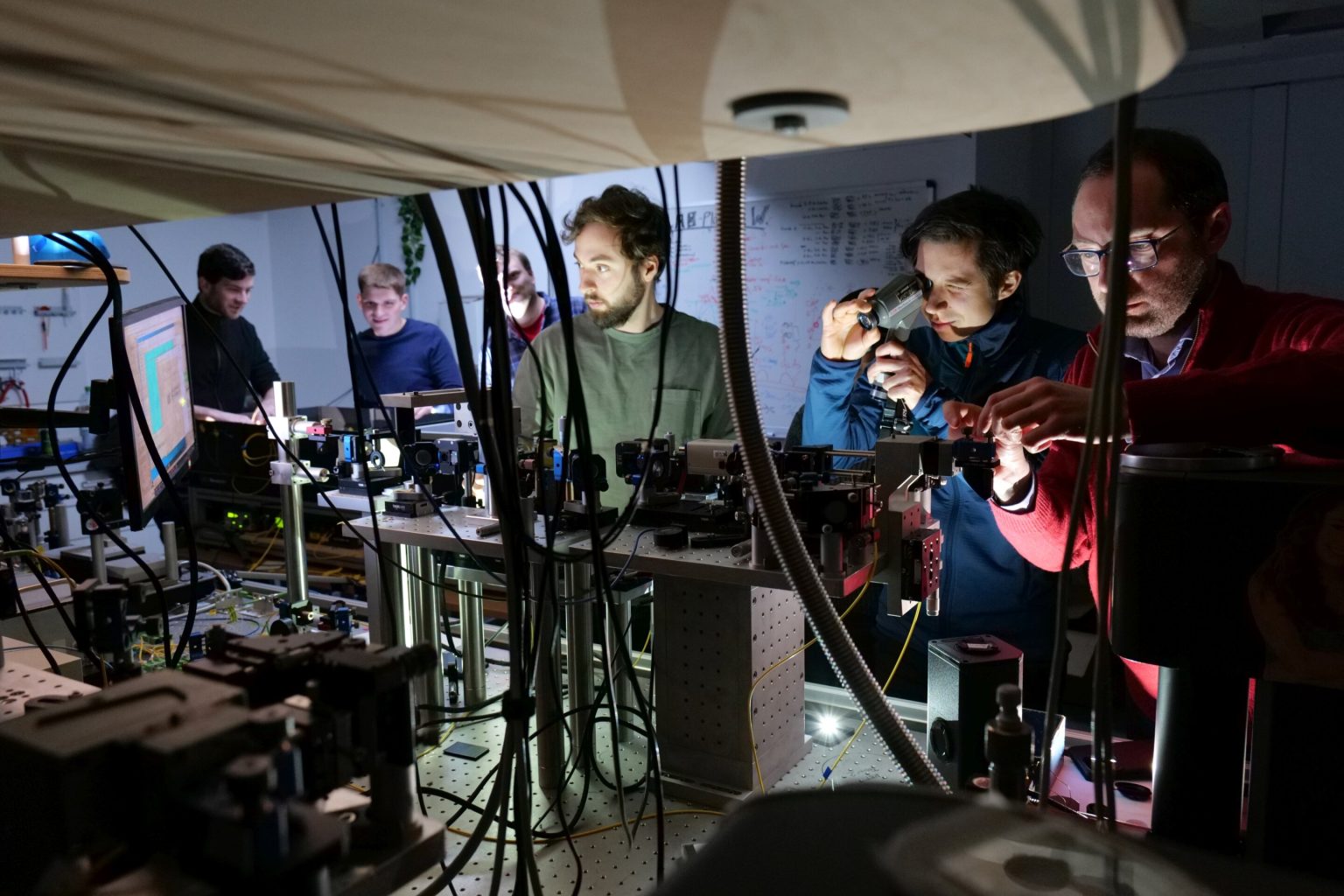In a historic first for quantum physics, researchers in Germany have successfully teleported quantum information between photons generated by two completely different light sources, overcoming a notorious hurdle in the development of a global quantum internet.
The study, published this week in the journal Nature Communications, details how a team at the University of Stuttgart managed to bridge the gap between two distinct “quantum dots”, nanometer-sized semiconductor structures often described as artificial atoms.
“For the first time worldwide, we have succeeded in transferring quantum information among photons originating from two different quantum dots,” said Prof. Peter Michler, head of the Institute of Semiconductor Optics and Functional Interfaces at the University of Stuttgart. He explained that while digital messages today consist of zeros and ones, quantum communication uses light particles (photons) where information is encoded into polarization states, essentially the direction in which the light wave oscillates.
Until now, quantum teleportation, the transfer of a particle’s quantum state to a distant partner without moving the particle itself, has largely been restricted to identical photons, typically originating from the same source. Tim Strobel, the study’s lead author, noted that “light quanta from different quantum dots have never been teleported before because it is so challenging.” The difficulty arises because different quantum dots naturally radiate light at slightly different frequencies. It is akin to trying to get two people to sing a perfect duet when they are naturally singing in different keys; if the photons are not indistinguishable in color and timing, the quantum interference required for teleportation fails.
To solve this, the Stuttgart team utilized specialized Gallium Arsenide (GaAs) quantum dots developed by partners at the Leibniz Institute for Solid State and Materials Research in Dresden. To make these distinct sources talk to one another, they collaborated with Prof. Christoph Becher at Saarland University, who developed polarization-preserving quantum frequency converters based on lithium niobate waveguides.
These devices acted as high-tech translators, shifting the photons from their original near-infrared wavelength (approximately 780 nanometers) to the telecommunications standard wavelength of 1515 nanometers. This conversion not only made the photons identical for the experiment but also attuned them for transmission over standard fiber-optic cables used in today’s internet.
The experiment utilized a “hybrid” setup: one quantum dot generated a single photon, while the second distant dot generated an entangled photon pair. By performing a “Bell-state measurement,” the team teleported the polarization state of the single photon onto the distant partner of the entangled pair. They achieved a teleportation fidelity of 72.1 percent, surpassing the classical limit of roughly 67 percent and proving the transfer was genuinely quantum in nature.
While the primary experiment was conducted over a 10-meter fiber optic link in the laboratory, the team has previously demonstrated that this type of quantum link can be maintained over 36 kilometers of fiber through the city center of Stuttgart, paving the way for city-wide quantum networks.
This breakthrough is a critical building block for the future quantum internet. Unlike today’s internet, a quantum internet would offer unhackable security, because photons follow the laws of quantum mechanics; any attempt to intercept the transmission would inevitably destroy the information and leave a detectable trace. By proving that components made by different manufacturing processes can talk to each other, scientists have moved one step closer to a scalable, mass-producible quantum network.







